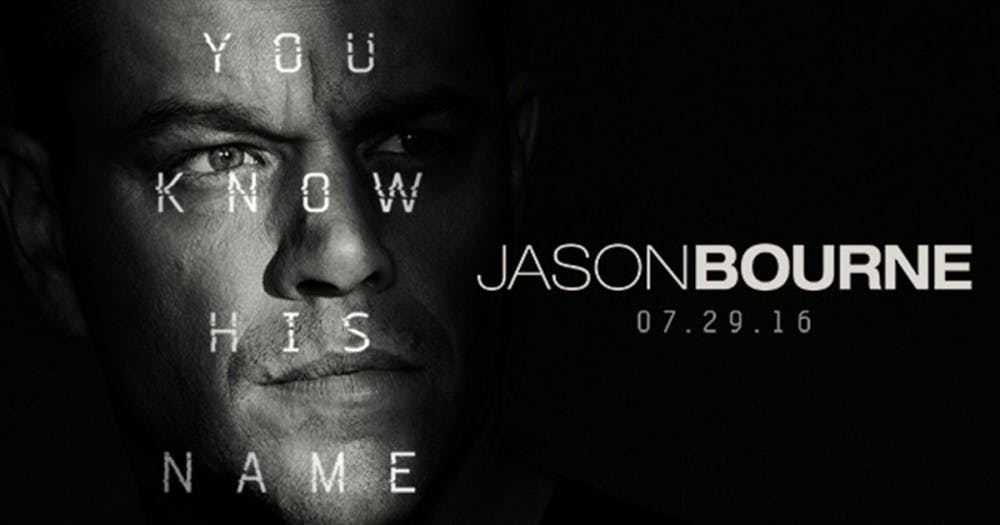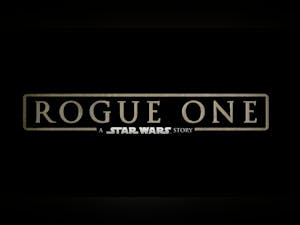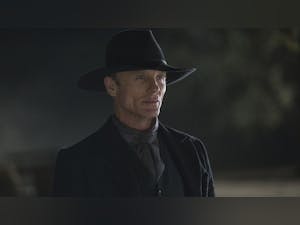From: The Scene Blog
Fifth time around, Bourne comes up short

At the start of Jason Bourne, the fifth installment in the Bourne action thriller film series, the title character is still trying to understand the mysteries of his past, while wrestling with the pain and anger stemming from his incomplete memories.
It’s only right that Jason Bourne picks up from the intrigue and plot of 2007’s The Bourne Ultimatum, with a montage covering the significant events of the last three films in the series with lead actor Matt Damon (The Martian). However, the fifth film struggles to create a compelling new story about Bourne’s enigmatic past, or to launch the franchise into the future.
Damon, returning to the role of the amnesiac spy after a nine-year absence, reunites with director Paul Greengrass (Captain Phillips), who also co-wrote the screenplay for Jason Bourne. While screenwriter Tony Gilroy primarily handled writing duties for the first three installments starring Damon, he did not return to work on production of this film. Instead, he directed the 2012 spinoff, The Bourne Legacy, starring Jeremy Renner as Aaron Cross, another agent part of Bourne’s same program. In Gilroy’s absence, the fifth film’s identity appears to be somewhat lost, just like Bourne’s.
Jason Bourne continues the action-packing, globe-trotting, suspense-driven tradition of the four installments in the series that came before it. However, for a saga that has been so character-driven and forward-thinking in the past, this film felt more like a cat-and-mouse chase across continents with the end goal being the protagonist claiming revenge.
The plot of Jason Bourne can best be described as lacking substance, as it barely delves into the tortured past of Bourne’s character or how the revelations that he finds affect him. Though Greengrass broadens the screenplay to reflect real-world themes like internet privacy, national security, and surveillance, the movie often lost its focus on Bourne as a character. Instead, Jason Bourne often treads the familiar territory of many action thrillers without revealing much new about the enigmatic protagonist.
The plot is as follows:
After ex-CIA agent Nicky Parsons (Julia Stiles, Silver Linings Playbook) hacks into classified files related to Bourne’s initiation as an agent, she and Bourne are pursued by CIA Director Robert Dewey (Tommy Lee Jones, Lincoln), who fears grave potential fallout from either Bourne or Parsons leaking the documents.
As Bourne tries to piece together a memory he has of his father getting killed, a classified document picturing the attack points to Dewey and the agency as its perpetrators. While trying to discover who is responsible for his father’s death, Bourne learns of “Operation Ironhand,” which will encompass government surveillance via social media network “Deep Dream.” Meanwhile Aaron Kalloor (Riz Ahmed, Nightcrawler), the founder of “Deep Dream”, has second thoughts about Ironhand. Kalloor tells Dewey he wants to back out of the deal because he wants to maintain his users’ privacy.
Over the course of the movie, Dewey tries to track down Bourne with the assistance of CIA agent Heather Lee (Alicia Vikander, The Man from U.N.C.L.E.) and attempts to prevent Kalloor from divulging Deep Dream’s government monitoring to the public. Simultaneously, Bourne proceeds to track down Dewey to get revenge and tries to keep Kalloor from being silenced.
Now compare this story with that of the first installment in the saga, in which Bourne begins to slowly piece together his memory after being left for dead following a failed assassination attempt by him. Or The Bourne Supremacy, in which he deals with the death of his girlfriend at the hands of the CIA as well as him being framed for murdering agents.
The third movie in the Damon series, The Bourne Ultimatum, also boasted a more compelling, comprehensive story, in which Bourne discovered how he first became an agent. Plus, it was filled with thrilling action set pieces in Heathrow Station and Tangier, Morocco. By comparing the past films to the latest one, it’s clear to see that the story of Jason Bourne lacks depth.
My two other qualms with Bourne are the shaky camerawork in hand-to-hand fights and the boisterous, destructive nature of the final action set piece in Las Vegas. In several fistfights throughout the movie, the camera moves very quickly whenever a punch is thrown. This results in a disorienting feeling, where it is not easy to follow the onscreen action.
Two action set pieces in Greece and in London are cleverly-crafted and help move along the story. However, a final confrontation between Bourne and a relentless assassin from his past, solely named Asset (Vincent Cassel, Black Swan), feels more pointless and less thrilling than the other two. In this scene set in Las Vegas, Bourne essentially pursues the Asset, who is in a large vehicle recklessly smashing through cars and trying to steer clear of Bourne. At the end of all the carnage, one cannot help but feel that this final action scene in Bourne could have been more inventive and done more to tie up the story.
If Jason Bourne focused more on the protagonist trying to discover his past, like previous installments have, and delved more into Bourne’s character, the movie would be more compelling and effective. Disorienting camerawork during fistfights and an anti-climactic final showdown also contribute to me believing Jason Bourne falls short of being a superb entry in the Bourne series. In short, if you are looking for an action movie with a simple plot and little character development, look no further. But if you seek a fantastic follow-up in the groundbreaking Bourne film series, you’re going to need to keep looking.
Jason Bourne (PG-13) opened in DC area theaters on July 29.




